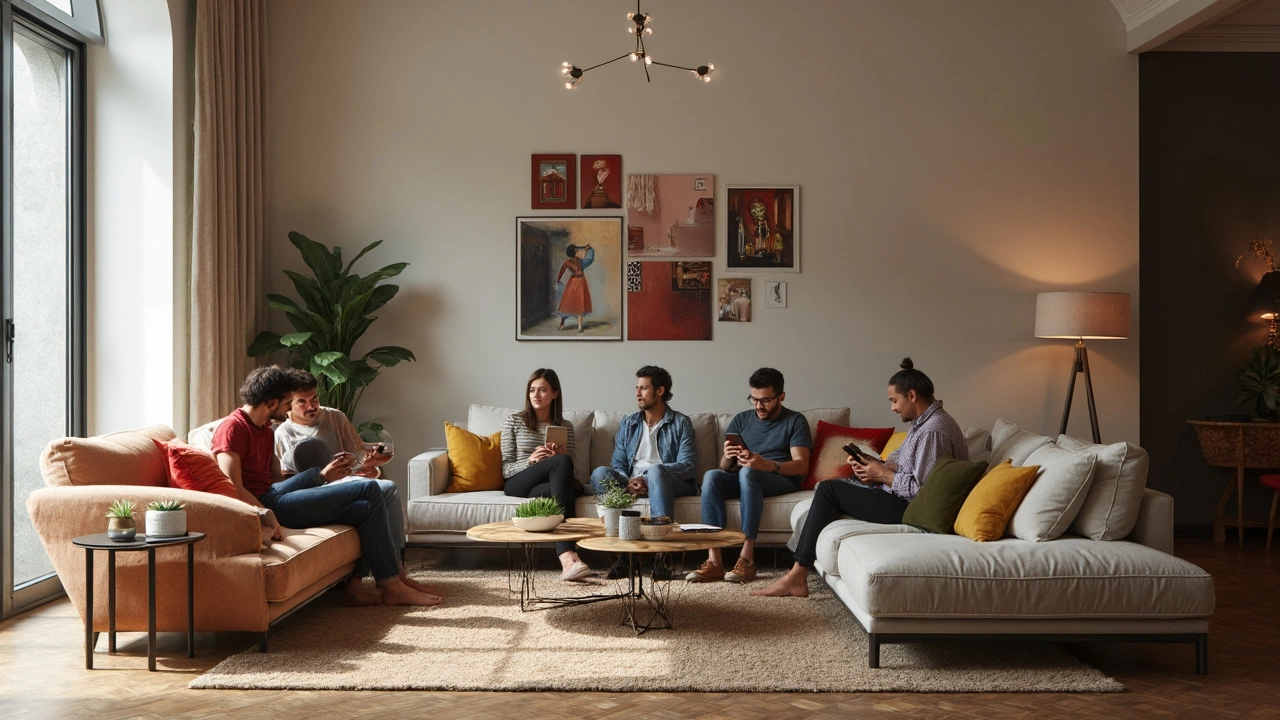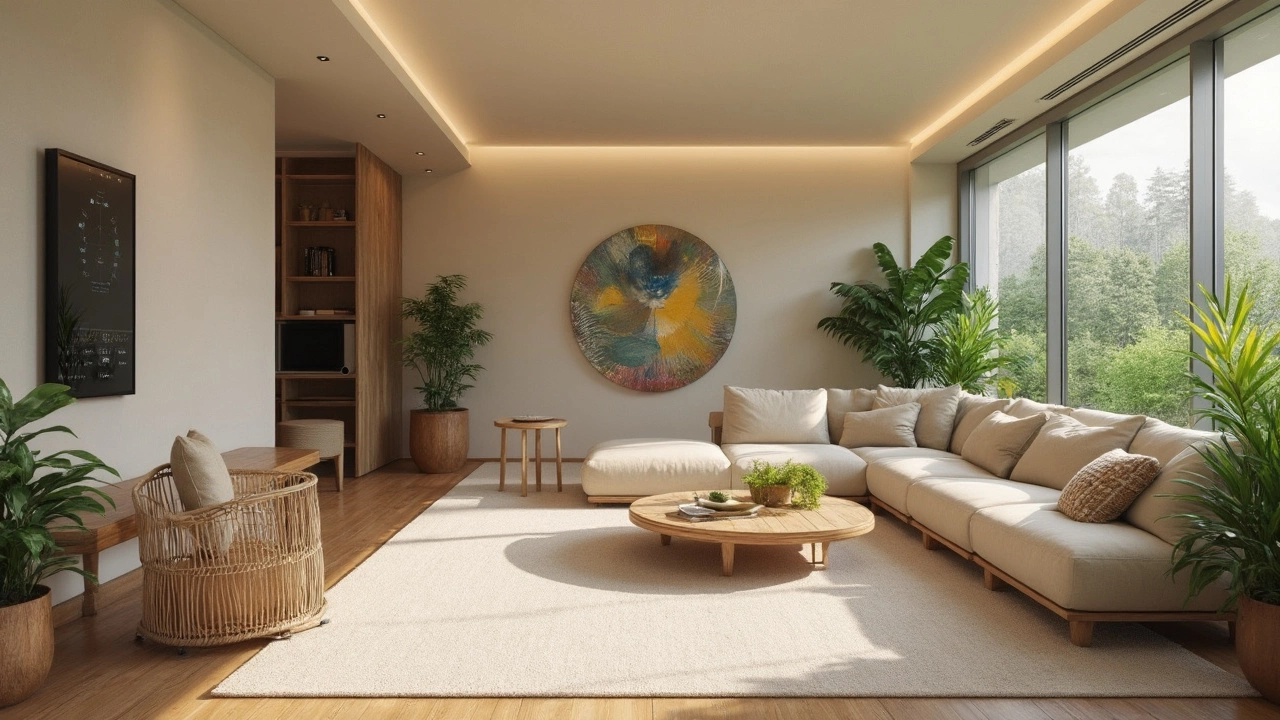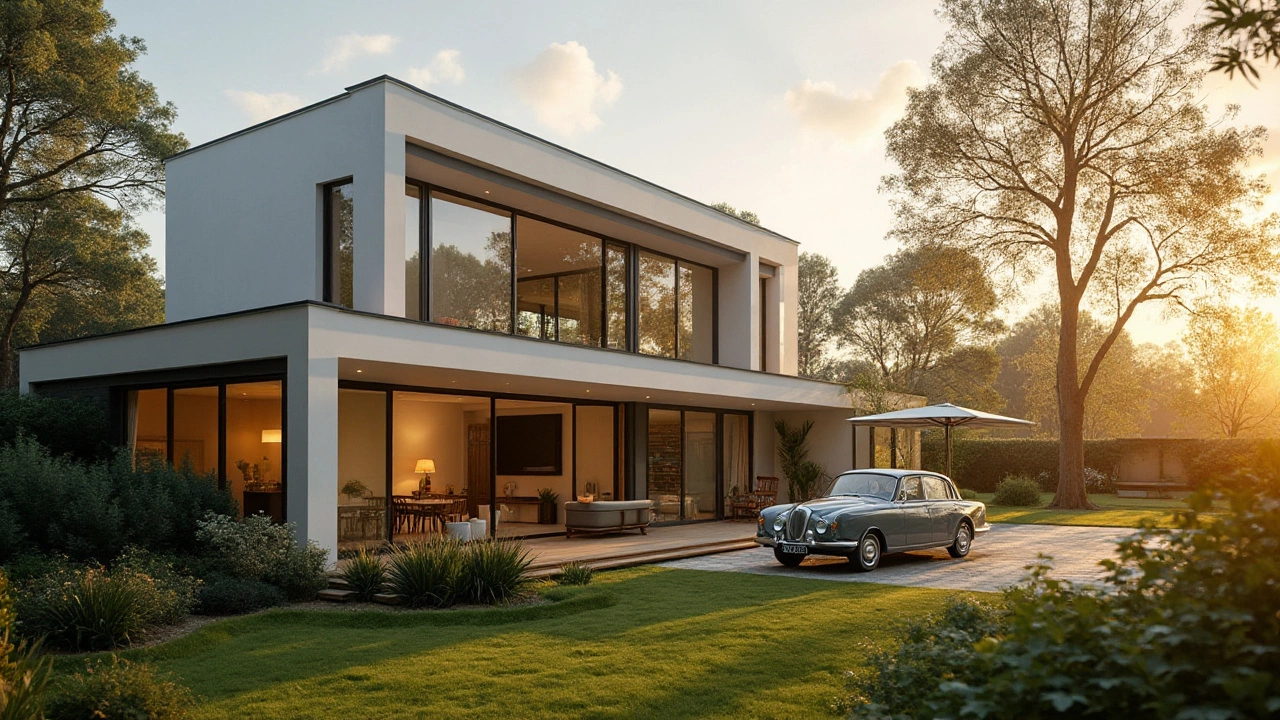Wondering who bought Home Interiors Company? This article gives real answers by breaking down the ownership change and what it means for the future of the brand. You'll get untangled facts about the buyout, straight talk on the new owners' plans, and tips about what this might mean if you’re a shopper, reseller, or just obsessed with modern home style. Get the edge on industry trends without the corporate fluff. Find out which big names are moving the needle in home interiors today.
Modern Interiors: Top Trends and Practical Tips for 2025
Looking to give your home a fresh feel without a full remodel? Modern interiors focus on clean lines, natural tones, and smart solutions that work for everyday life. You don’t need a design degree to pick the right pieces – just a few simple ideas that make a room feel larger, brighter, and more functional.
Sustainable Materials and Neutral Palettes
One of the biggest shifts in modern design is the move toward eco‑friendly materials. Think recycled glass tiles, bamboo flooring, and low‑VOC paints. These options not only reduce your carbon footprint but also add a subtle, organic texture that pairs well with the neutral color schemes that dominate the market. Light greys, soft beiges, and muted earth tones create a calming backdrop, letting furniture and art stand out without clashing.
If you’re unsure where to start, try swapping out one accent – a reclaimed wood coffee table or a set of concrete planters – and build the rest of the room around it. The result feels purposeful but not over‑styled.
Smart Tech and Biophilic Touches
Modern interiors aren’t just about looks; they’re about how a space works for you. Integrated lighting that adjusts to the time of day, voice‑controlled thermostats, and plug‑in power outlets hidden in sleek trims make everyday tasks effortless. Pair these tech upgrades with biophilic elements like indoor plants, living walls, or natural stone finishes to bring a touch of the outdoors inside.
Even a simple fern on a side table can soften sharp edges and improve air quality. Choose plants that thrive in low light if you’re not a green thumb – ZZ plants and snake plants are low‑maintenance winners.
While you’re planning, keep the difference between modern and contemporary in mind. Modern design harks back to mid‑century principles – think iconic furniture with clean, functional lines. Contemporary style, on the other hand, evolves with the moment, often mixing materials and breaking rules. Knowing this helps you decide whether to stick with classic pieces or experiment with the latest trends.
Industry news can also inspire your choices. Recent acquisitions in the home‑interior market, like the purchase of a notable décor brand, signal where design companies are heading. New owners often push fresh product lines, meaning you’ll see innovative tiles, furniture, and accessories hitting stores soon.
To stay ahead, follow a few practical steps: start with a color palette, choose one or two sustainable materials, add a smart device, and finish with a plant. This recipe works for any room, from a cramped bathroom to an open‑plan kitchen.
Lastly, remember that modern interiors are about balance. Too many statement pieces can feel chaotic, while too few can look barren. Aim for a space that feels alive, functional, and a little bit personal – that’s the core of modern design.
Modern home interiors are seeing a shift toward sustainable materials and neutral color palettes, with a focus on functional yet aesthetically pleasing spaces. Open-concept designs remain popular, while statement pieces and biophilic elements add a personalized touch. Smart technology integration continues to advance, making homes more efficient and comfortable.
Modern and contemporary houses often get mistaken for one another, yet each carries its own unique design principles and aesthetics. Modern houses are rooted in a specific time period, showcasing mid-century features such as clean lines and functional decor. Contemporary houses embrace the current trend, focusing on flexibility and innovation. This article delves into the distinctions between these two styles, providing insights and tips on how to identify and create a home that aligns with each design philosophy.


